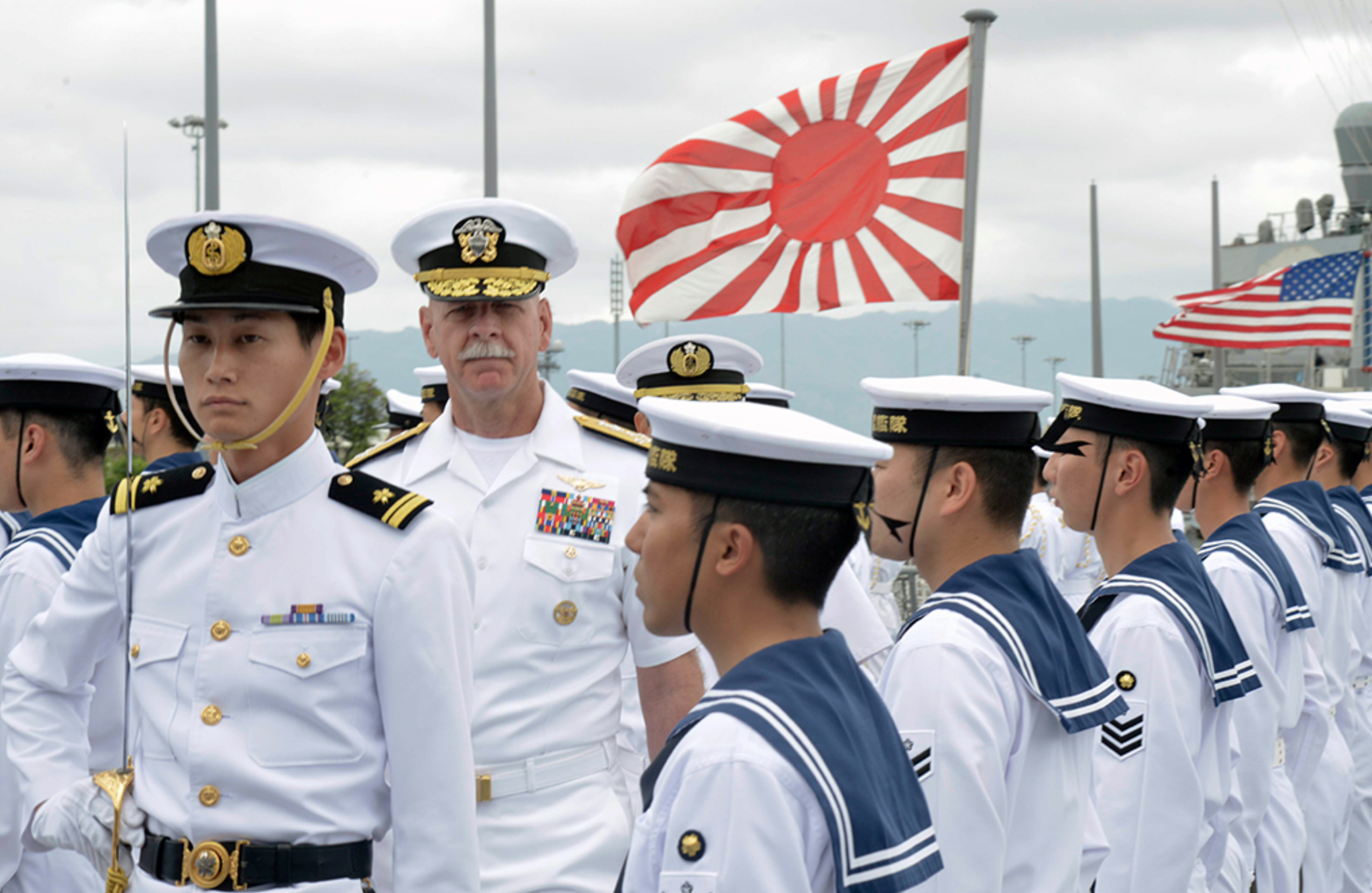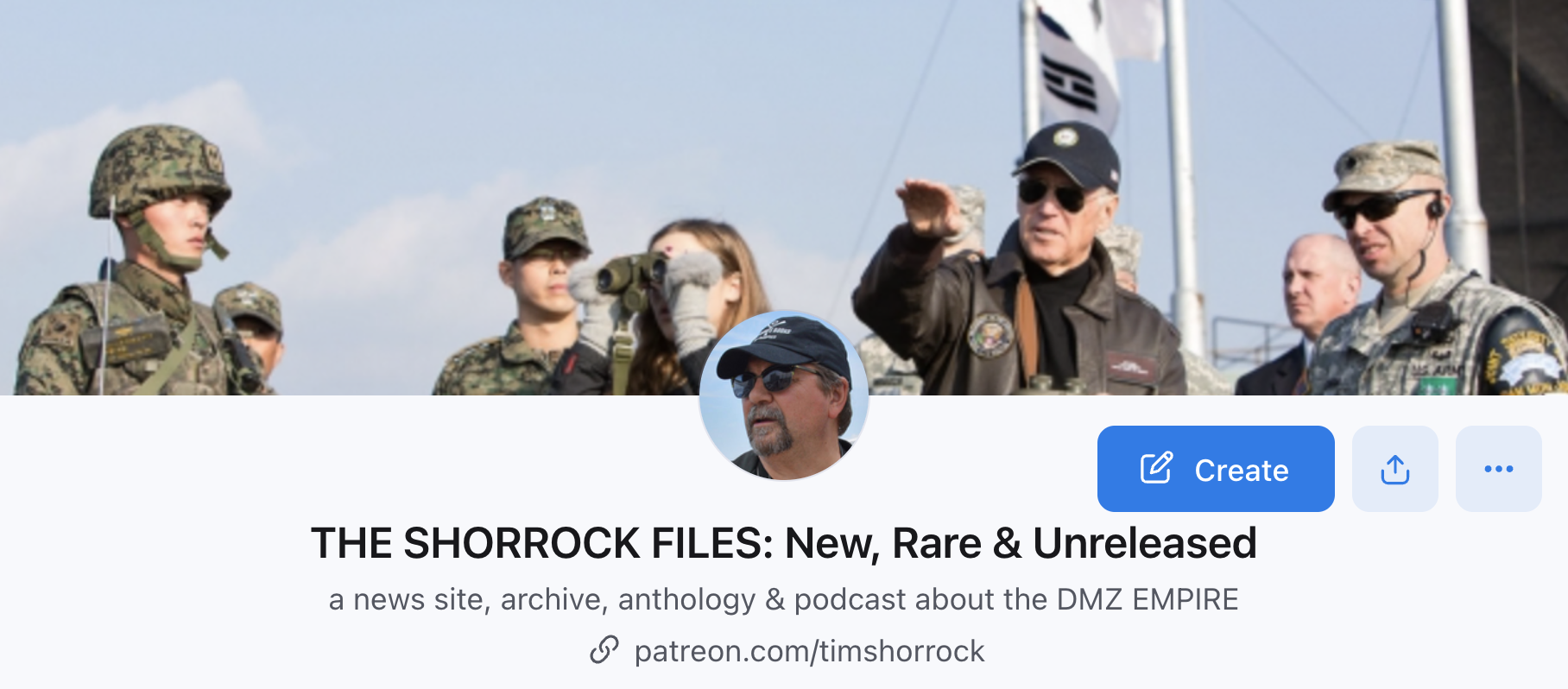The Pentagon is trying to push through a trilateral alliance with Japan and South Korea before anyone noticed. But I did.
My latest, from TomDispatch:
Despite the attention being given to America’s roiling wars and conflicts in the Greater Middle East, crucial decisions about the global role of U.S. military power may be made in a region where, as yet, there are no hot wars: Asia. Donald Trump will arrive in the Oval Office in January at a moment when Pentagon preparations for a future U.S.-Japan-South Korean triangular military alliance, long in the planning stages, may have reached a crucial make-or-break moment. Whether those plans go forward and how the president-elect responds to them could help shape our world in crucial ways into the distant future.
On November 18th, Shinzo Abe, Japan’s most conservative prime minister since the Cold War, became the first foreign head of state to meet with Donald Trump after his surprise election victory. The stakes for Abe were high. His rightist Liberal Democratic Party (LDP), which has run Japan for much of the last 70 years, has been one of America’s most reliable, consistent, and subservient allies. Yet during the campaign, Trump humiliated him, as well as the leaders of nearby South Korea, with bombastic threats to withdraw U.S. forces from both countries if they didn’t take further steps to defend themselves.
Even more shocking was Trump’s proposal that Japan and South Korea develop their own atomic weapons to counter North Korea’s rising power as a nuclear state. That left the governments of both countries bewildered — particularly Japan, which lost tens of thousands of lives when the cities of Hiroshima and Nagasaki were incinerated by American atomic bombs in World War II. (Hundreds of Koreans in Japan died in those attacks as well.) Trump made these statements despite the LDP’s ardent support over the decades for American wars in Korea, Vietnam, and Iraq, and the Japanese government’s payment of around $2 billion annually to maintain a string of U.S. bases, primarily on the island of Okinawa, which host over 48,000 American soldiers.
Abe apparently got what he wanted. During an hour-long meeting at Trump Tower on New York’s Fifth Avenue, he and the president-elect agreed that their military alliance was stable and capped their discussions with a friendly exchange of golf equipment. “I am convinced Mr. Trump is a leader in whom I can have great confidence,” Abe declared to a gaggle of mostly Japanese reporters. The president-elect, he said, had established the trust “essential for the U.S.-Japanese relationship.”
That same day, a high-level delegation representing Park Guen-Hye, South Korea’s scandal-ridden president (who, three weeks later, would be impeached by the Korean parliament), was also in New York. She and her right-wing Saenuri Party had been no less disturbed than Abe by the tenor of Trump’s campaign. According to a recent analysis by the Wall Street Journal, South Korea already pays about $900 million a year, or about 40% of the costs of the network of U.S. bases it hosts. It also has had a special relationship with the U.S. military that has no parallel elsewhere. Under the U.S.-Korean Combined Forces Command, established in 1978, should war ever break out on the peninsula, an American general will be in charge not just of the 28,000 U.S. personnel permanently stationed there, but of more than half a million South Korean troops as well.
Unlike Abe, however, Park’s delegation was shunted off to discuss its concerns with Michael Flynn, the retired general who will soon be Trump’s national security adviser. A few days earlier, Park had spoken to Trump for 10 minutes by phone. In that conversation, the president-elect reportedly stressed his admiration for Korea’s economic prowess. “I’ve bought a lot of Korean products; they’re great,” he told Park, according to a Reuters correspondent in Seoul. Flynn would also reassure the Koreans that their alliance with Washington was “vital.” So, on the surface at least, with less than six weeks to go until the Trump era officially begins, all is well and seemingly normal when it comes to U.S. relations with its allies in East Asia.
To read on, click here.

